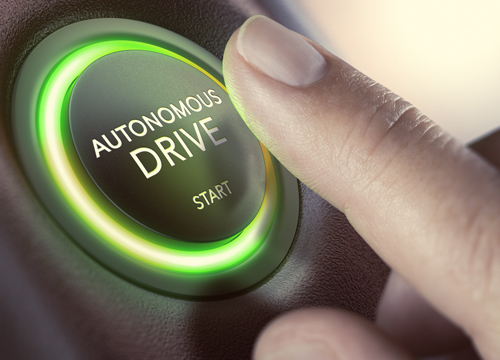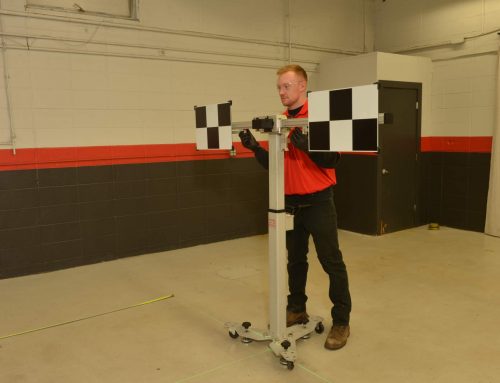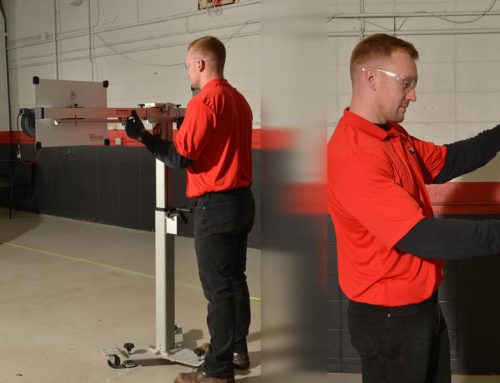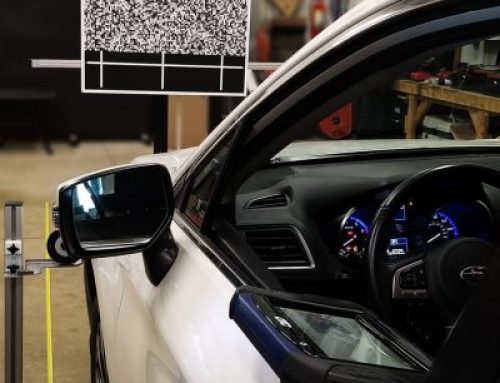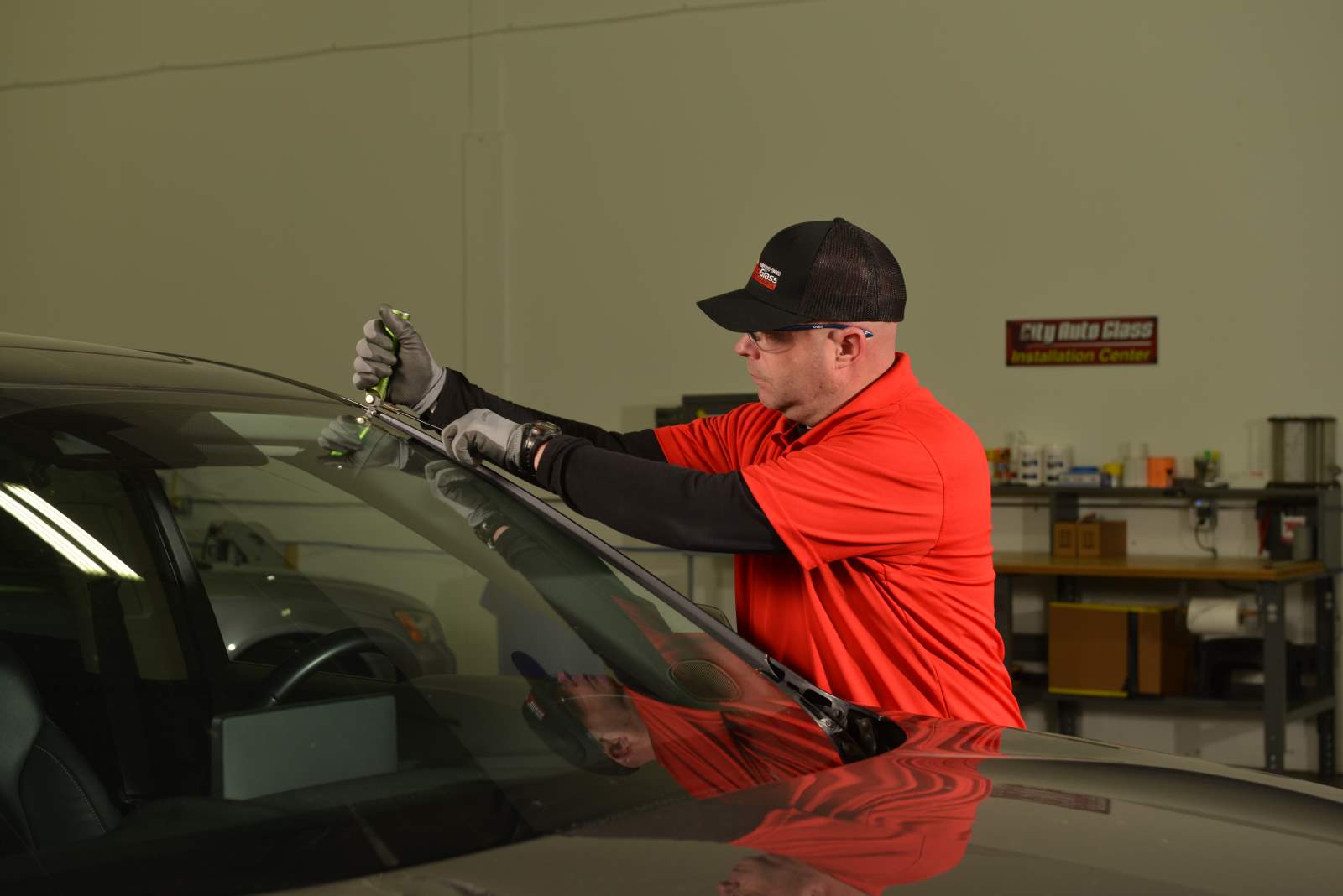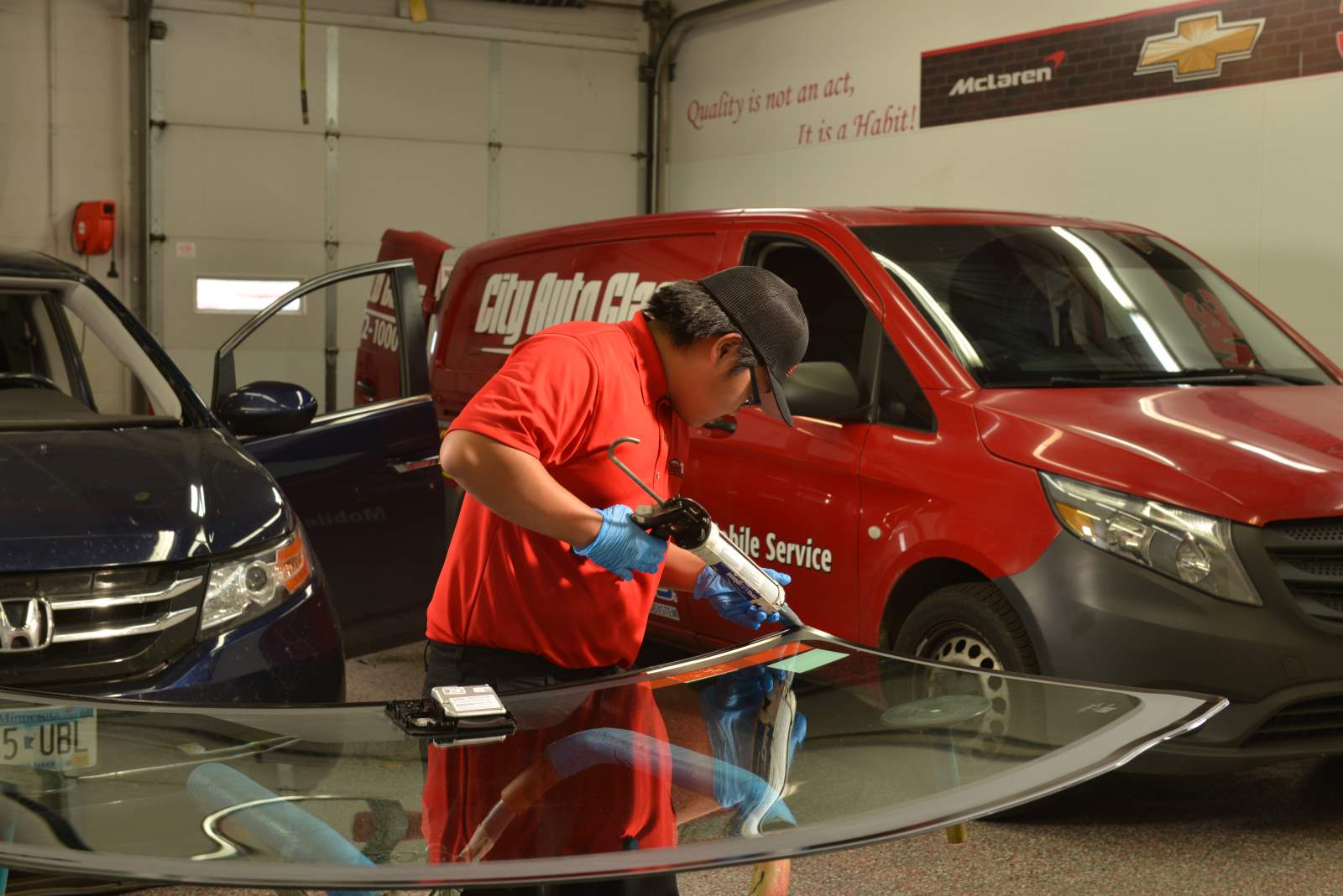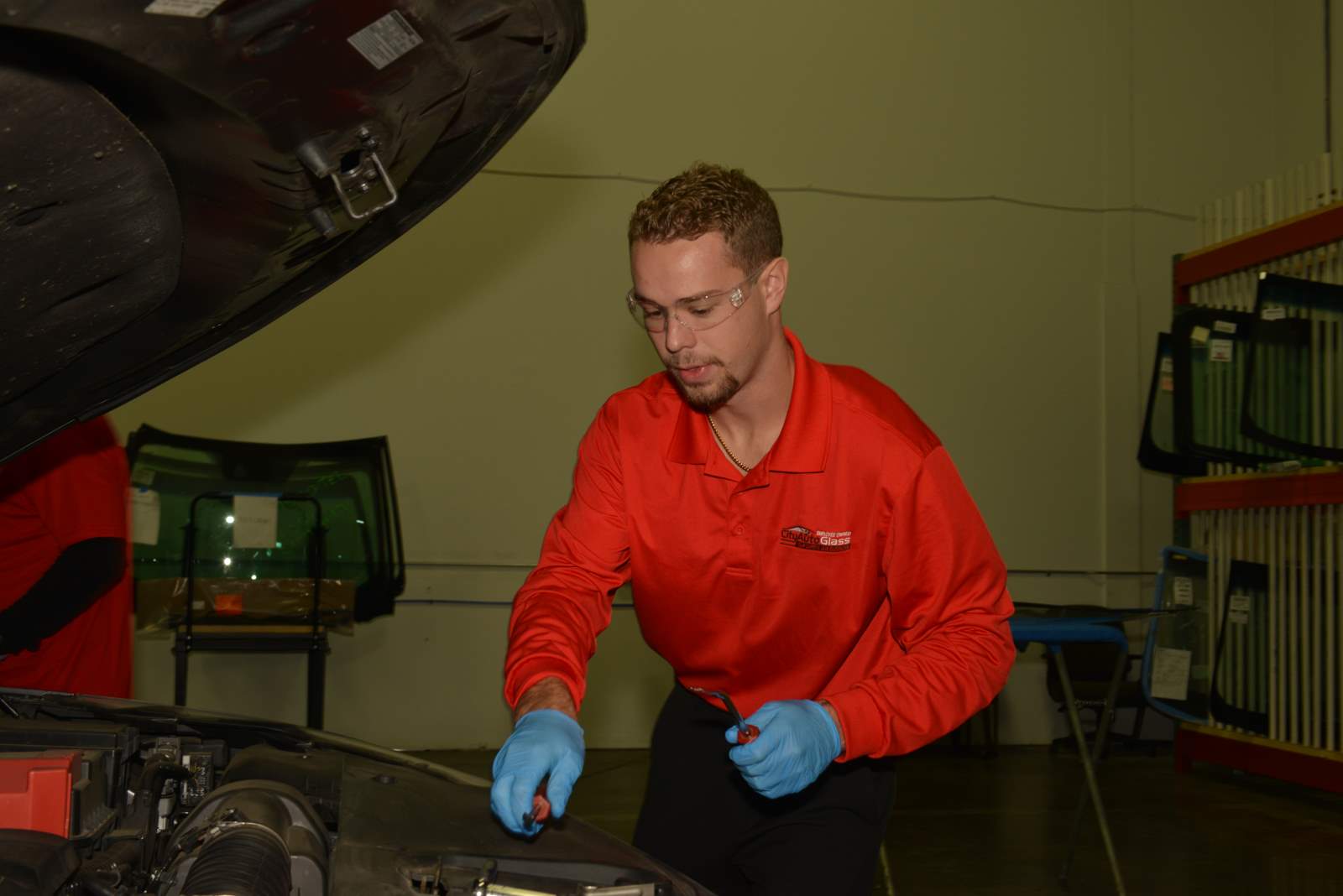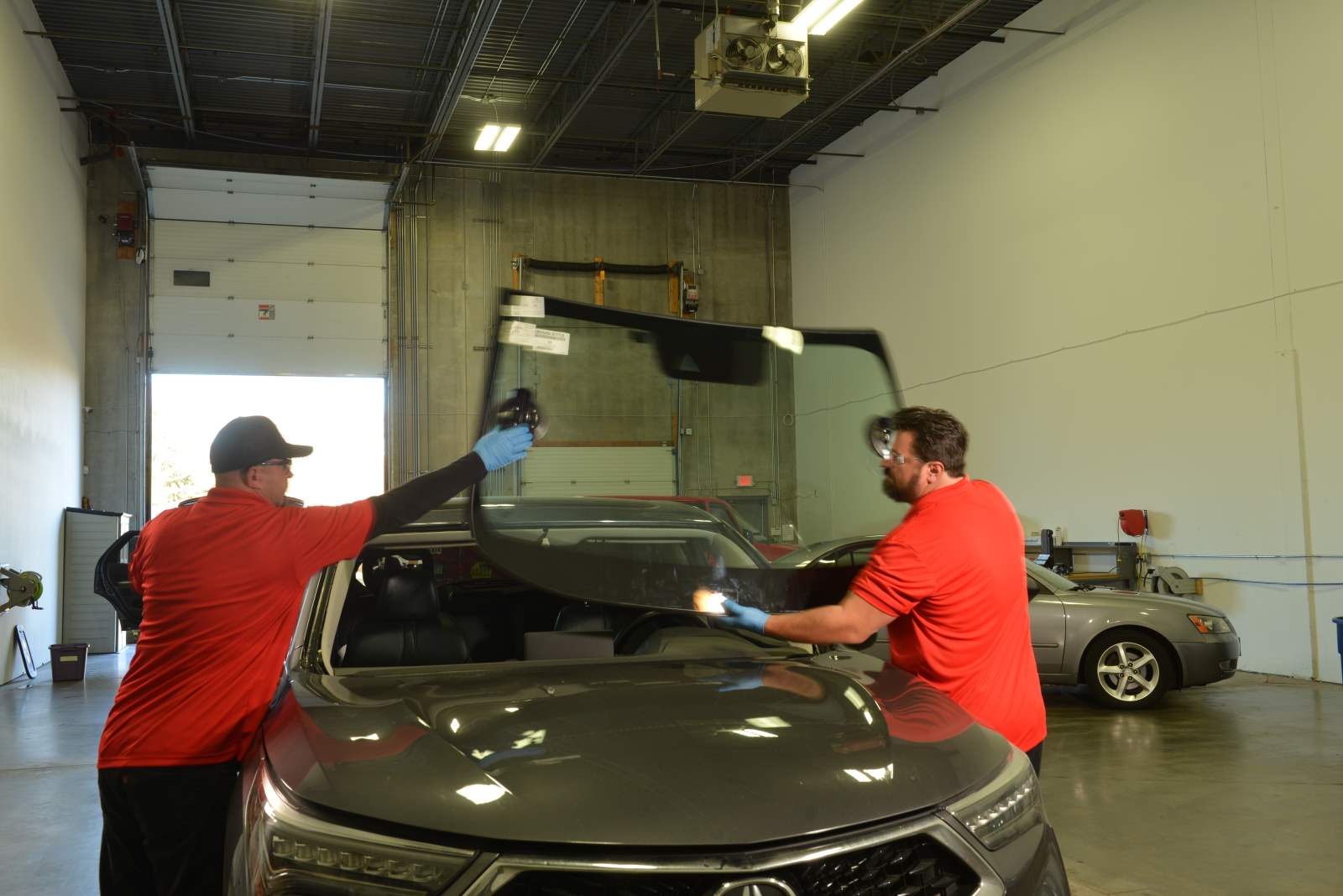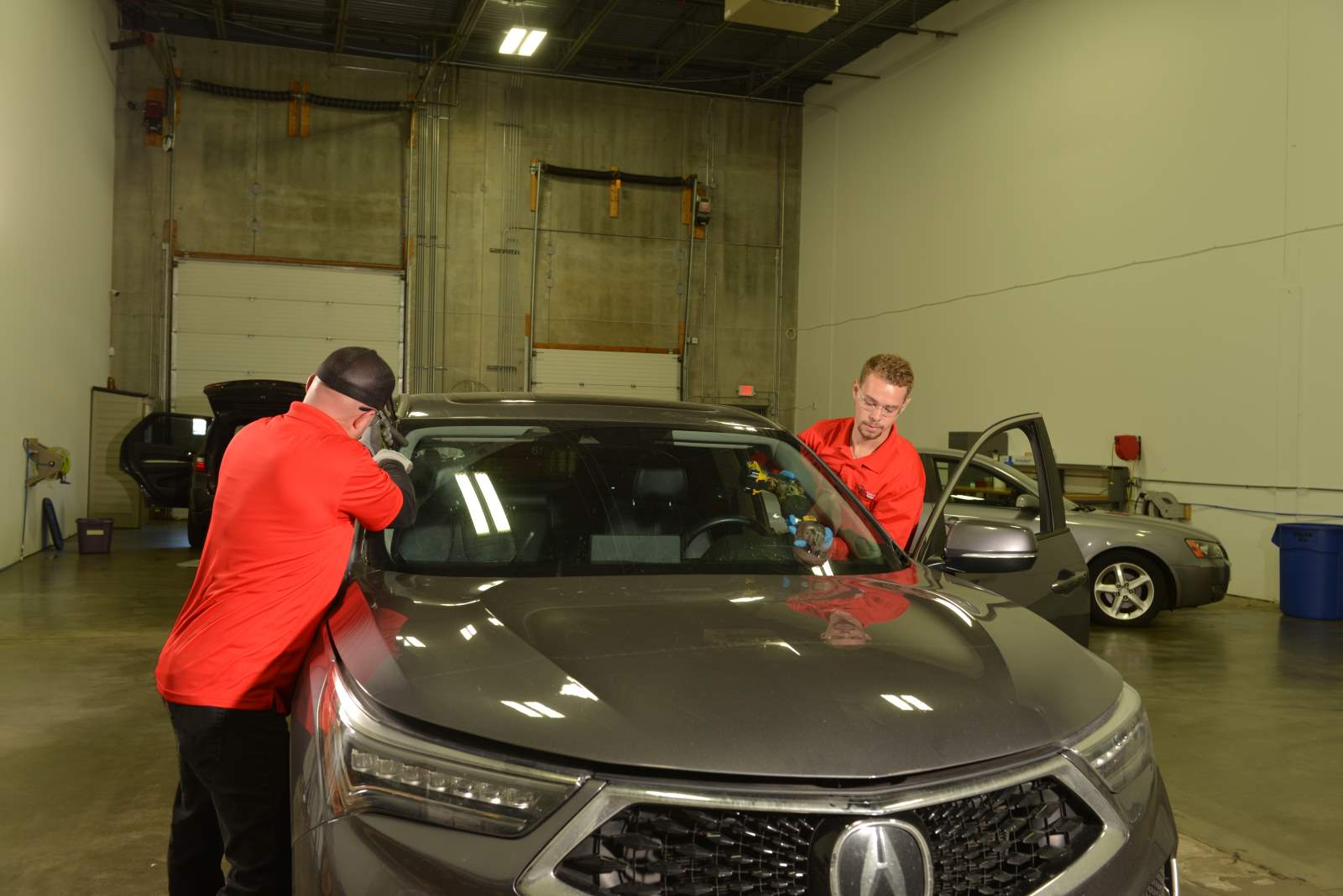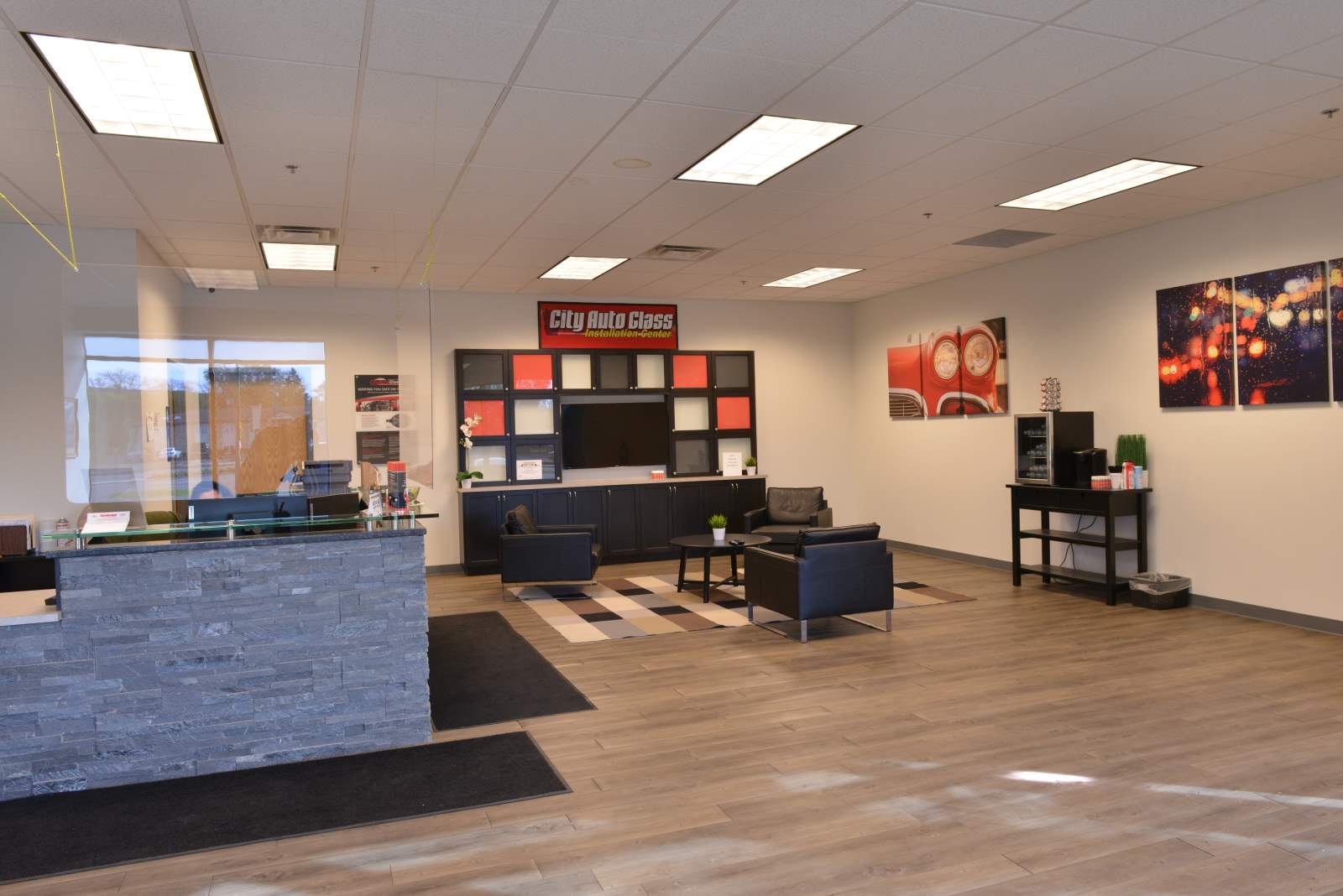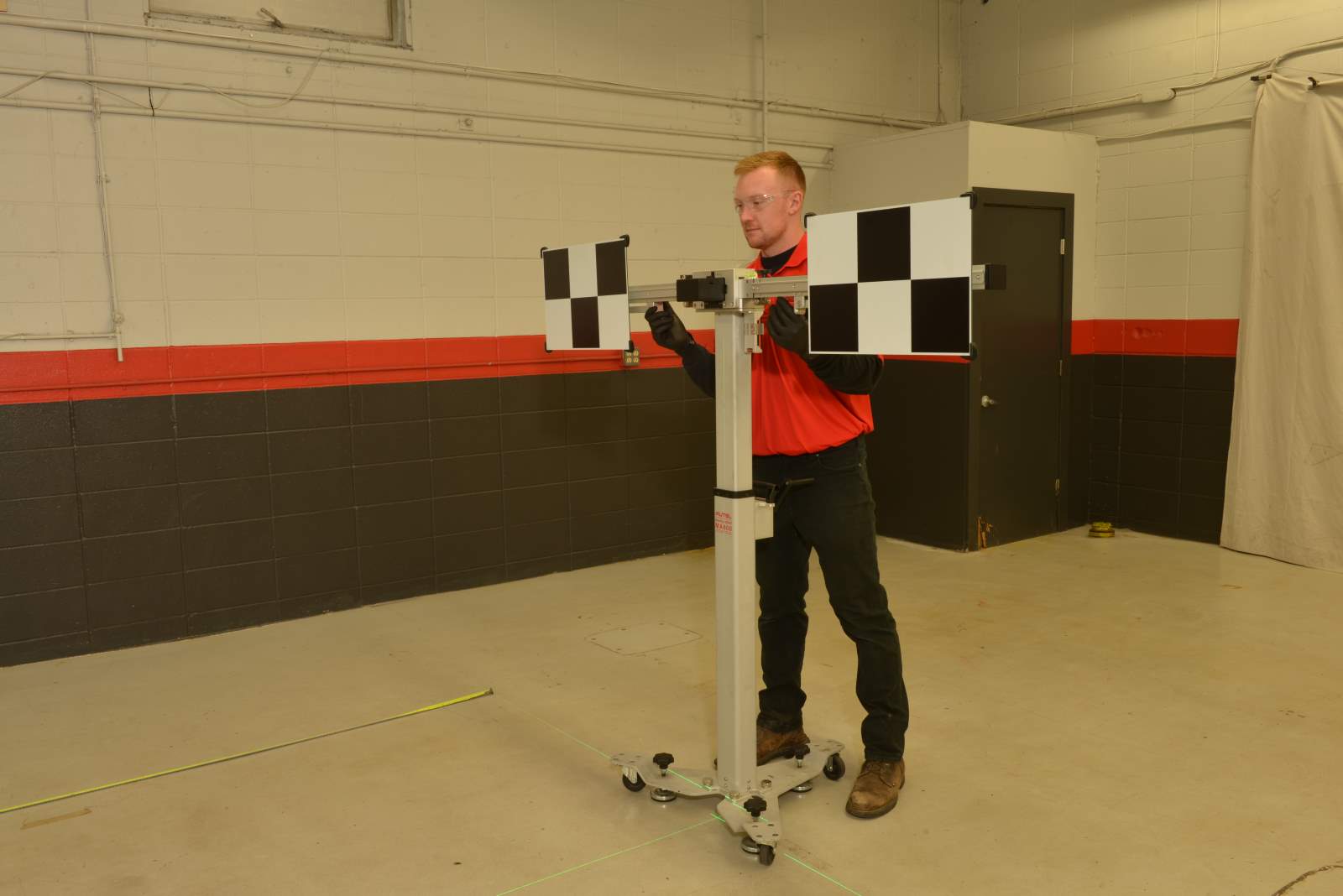Looking at pop culture from decades passed, from the Jetsons to Back to the Future, no doubt there are individuals who are heart-broken that we are not yet embracing flying cars. We may be headed in this direction, however, and it begins with the journey toward fully autonomous vehicles. I’ll be honest, I’m not sure I’d trust myself in a flying car, unless it was autonomously controlled.
The Major Players
Believe it or not, the journey to autonomous cars began in 1925 with Francis Houdina’s radio-controlled cars, and nearly 100 years later, Tesla, Waymo and other companies are bringing truly driverless vehicles to life. Let’s take a look at a couple of these companies.
Waymo
Waymo, formerly a project of Google and now a subsidiary of Alphabet Inc. as of 2016, focuses on developing self-driving technology. As of December 2018, they started Waymo One, an autonomous taxi service. Patrons in Phoenix, Arizona are now able to get a ride via an app that hails an autonomous vehicle. With the rollout of Waymo One, Waymo is truly paving the way for the future of autonomous vehicles commercially speaking.
Tesla
Formed in 2003 and headed by the enigmatic Elon Musk, Tesla is on the forefront of consumer autonomous-driving technology, and performance electric vehicles. Tesla has not let the naysayers hold them down with regard to creating high-performing electric vehicles. One of the highlights of Tesla’s achievements thus far was their creation of the Model S, with a 0-60 mph acceleration time of 2.28. However, on the autonomous side of things, Tesla continues to sell L2 autonomous vehicles with promises of L5 software updates promised. This move has received a fair amount of criticism.
Levels of Autonomous Driving
Experts have come up with 6 levels relating to autonomous driving. Here is a breakdown of the different levels, the driver’s responsibility and examples of relevant features and vehicles.
Level 0: The driver is in control of steering, braking, changing, etc., no automation from vehicle systems
Level 1: The vehicle can control steering or vehicle speed during various situations. An L1 feature would be adaptive cruise control. This level would be considered driver assistance.
Level 2: The vehicle can control steering, braking and accelerating during in various situations. The driver is still responsible for staying aware of surroundings, changing lanes and other functions. An L2 feature would be the “Tesla Autopilot”. This level is considered partial automation.
Level 3: The vehicle can handle a majority of the driving and detecting the surrounding environment. The car will notify the driver when there’s a situation where the driver is needed. An L3 feature would be Audi’s Traffic Jam Pilot. This level is considered conditional automation.
Level 4: The vehicle can drive without guidance from the driver as long as the proper conditions, geography, and road types are met. Depending on the area the car is being driven in, the driver’s oversight might not be necessary at all. Google had a prototype with a top speed of 25 mph that would have been considered L4. This level is considered high automation.
Level 5: This car would be able to drive in any conditions a human could. All the driver would have to do is enter a location. The Waymo One vehicles would be considered L5. This level is considered full automation.
The Risk of Innovation
As with many steps forwards in technology (flight, nuclear, space exploration, etc.), there is the ever-looming threat to human life. The journey toward autonomous cars is not without a fair share of unfortunate happenings. Tesla is responsible for 5 deaths, 4 in the US, and 1 in China. Uber is responsible for 1.
Nevertheless, the push toward a world brimming with autonomous vehicles continues.

